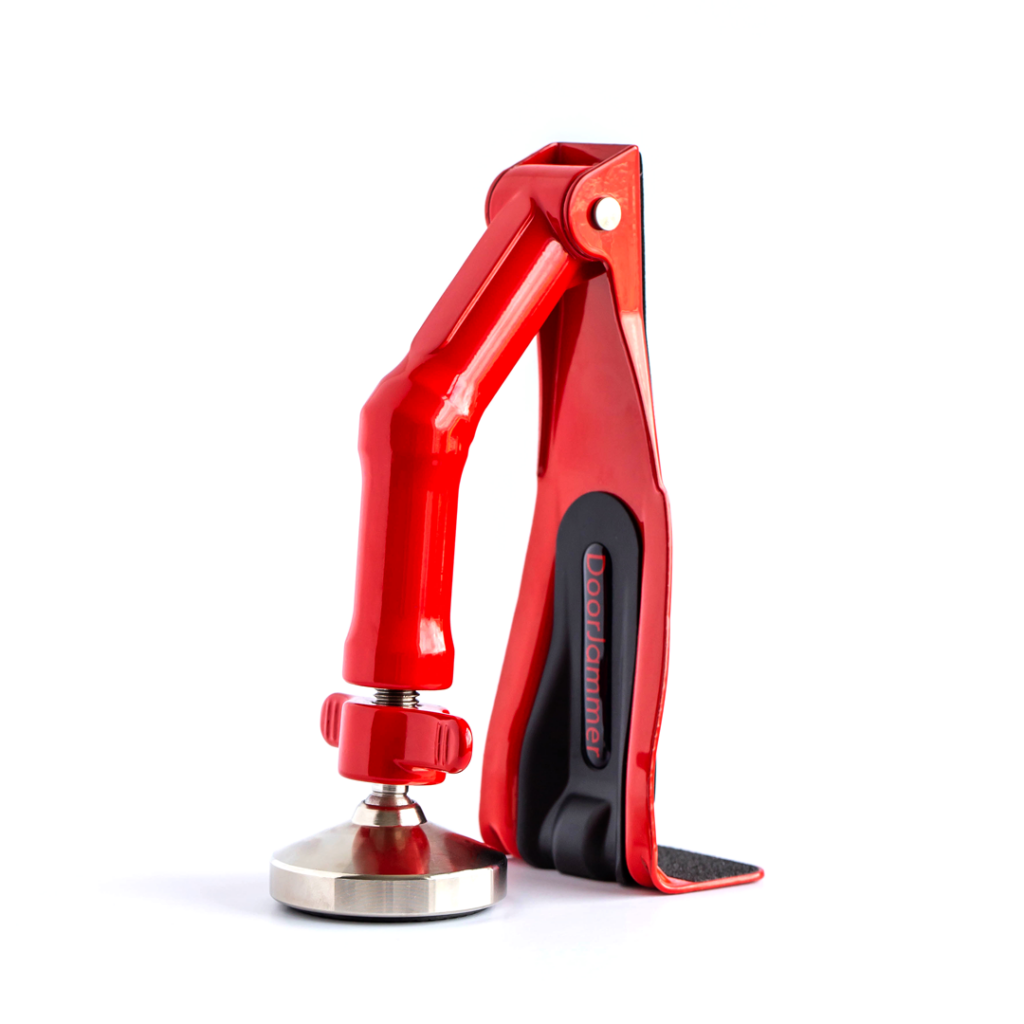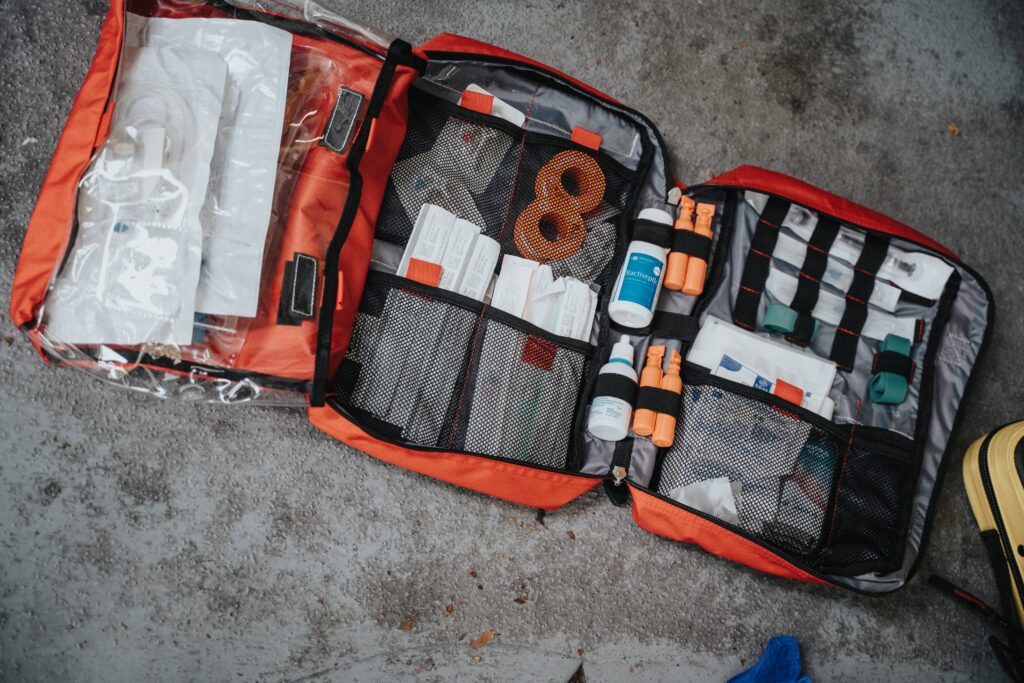
Small business safety contributes to smooth operations and success. However, budget constraints often pose challenges in allocating funds for safety measures. Despite limited resources, identifying cost-effective safety solutions is achievable. With thoughtful planning and strategic approaches, small businesses can navigate budget constraints and ensure optimal safety.
And, with devices like DoorJammer readily available on the market, there are options yet. So, let’s explore the cost-effective ways to ensure safety together.
5 Cost-Effective Ways To Ensure Small Business Safety
As budget constraints are a real concern, there are a couple of things entrepreneurs can do to guarantee high levels of small business safety. These encompass every vital business aspect, and help ensure a safe work environment.
1. Physical Security Measures

Implementing physical security measures doesn’t always have to involve high-end and expensive equipment. With the advancement of technology, affordable security cameras and surveillance systems are now readily available. Tools like Arlo and Ring provide a comprehensive security solution without making a significant dent in your budget. These systems enable monitoring of your premises 24/7 and are essential to deter theft or trespassing.
Another important factor in physical security is securing entry points. High-quality deadbolt locks and solid-core doors are vital elements in entry security and are available at affordable prices. Some innovative door locks, such as electronic keyless entry systems, offer security and convenience, making them great value for money.
You could even employ portable physical security devices like DoorJammer. It prevents the door from being pushed open from the outside, offering an extra layer of security. DoorJammer provides a robust physical barrier, withstands 1,000 pounds of direct force, and never trips over surfaces.
It also has a second version, DoorJammer Lockdown, which has a sturdier construction and boosts room security like never before. Be it shared, or temporary business spaces, DoorJammer can help boost small business safety.
2. Digital Security Measures
Small businesses must balance digital safety with physical security to prevent financially detrimental data breaches. So, free or affordable cybersecurity software like pfSense for firewall protection, and VeraCrypt for data encryption can significantly secure digital operations. Password managers like LastPass ensure the use of strong, unique passwords, which are fundamental for digital safety.
Additionally, providing cybersecurity education for employees through free online courses is a cost-effective measure. Training on recognizing phishing emails, practicing good password hygiene, and adhering to safe internet practices like avoiding accessing sensitive data on public Wi-Fi without a VPN further bolsters digital security while keeping costs low.
3. Employee Safety Training

Employee safety is crucial in any business, addressing physical and digital threats. One cost-effective measure for small businesses is in-house training sessions. Conducted by managers or experienced employees, these sessions can cover emergency drills, first aid training, and workstation ergonomics to prevent common work-related injuries.
Online resources also offer economical safety training options. Platforms like Coursera and Udemy provide free or low-cost safety courses, while webinars and podcasts keep employees updated on the latest safety practices. These online avenues offer flexible and convenient learning opportunities.
Government agencies like OSHA in the United States offer free safety information and training materials.
4. Emergency Preparedness
Emergency preparedness helps devise a swift response during unexpected events, entailing foresight, planning, and reasonable investment. One approach is developing an Emergency Response Plan internally. This involves identifying potential risks unique to your business, defining roles and responsibilities during emergencies, planning evacuation routes, and establishing a clear communication strategy for such scenarios.
Investing in basic emergency supplies is another essential step. The nature of your business will dictate the type of supplies needed, which could range from fully-stocked first-aid kits and fire extinguishers to emergency lights, exit signs, and provisions of food and water for extreme situations.
5. Regular Safety Audits
Conducting these audits should be a routine part of operations, encompassing a thorough review of the workplace to spot any safety hazards or vulnerabilities. This process includes reviewing existing safety measures, inspecting equipment and safety devices, assessing various business-specific risks, and collecting feedback from employees who might notice unnoticed hazards.
To economize the auditing process, small businesses can utilize free or low-cost auditing tools. Online platforms offer safety audit checklists tailored for different industries, while low-cost or free safety auditing software and apps streamline the process and facilitate documentation. Additionally, local government agencies often provide free resources to help businesses achieve safety compliance.
Conclusion
Maintaining small business safety is achievable; you just need the information. And this article did provide you with ample ways to enhance it. From safety training to emergency plans or audits, there are multiple ways to ensure safety cost-effectively, and we only scratched the surface.
But with the five methods provided, you should be able to guarantee a safe working environment. Especially with tools like DoorJammer, which won’t cost an arm and a leg, and will act as an effective physical security measure.